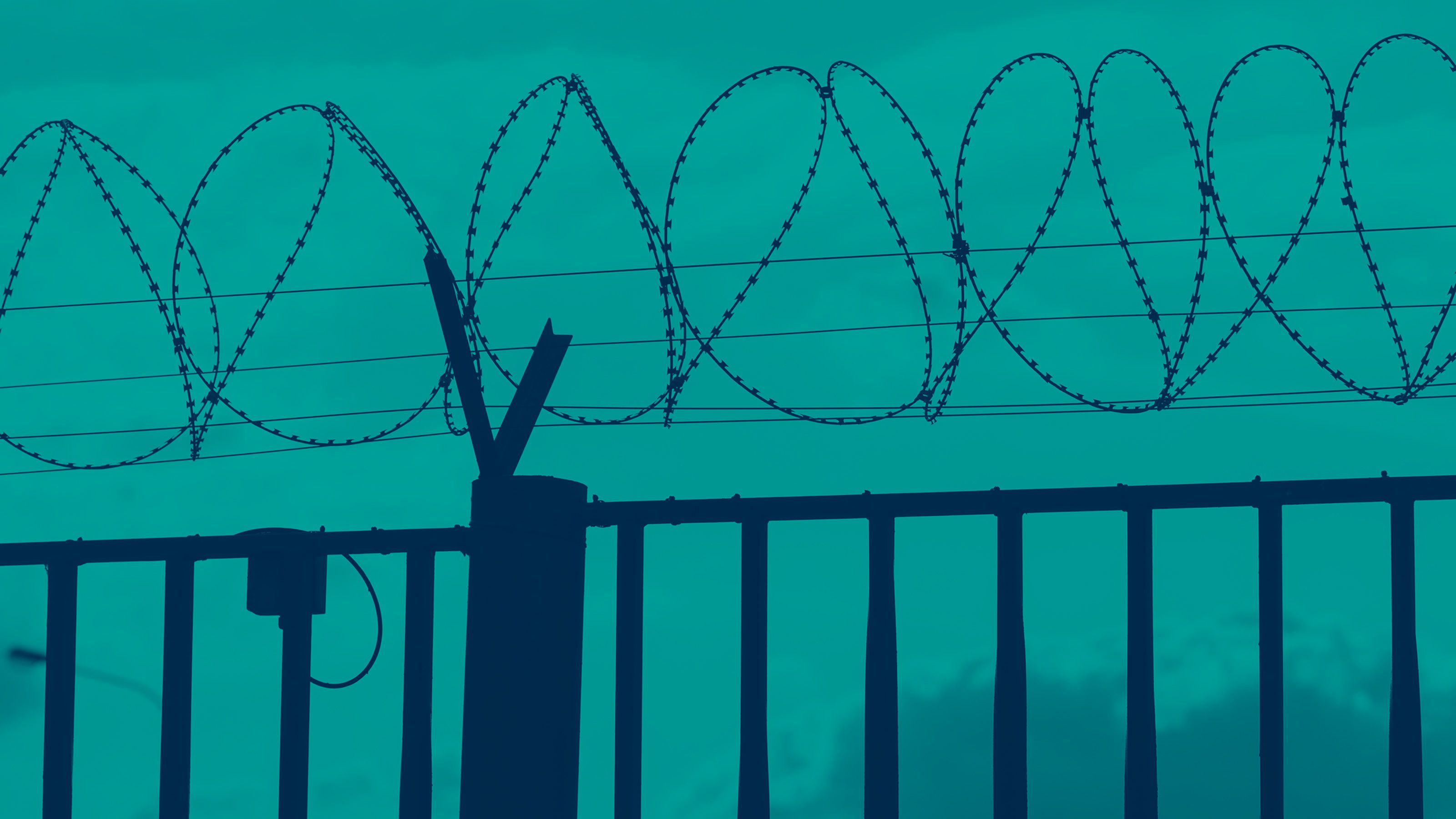Registration
You will receive an email confirming your registration.
Under Chinese President Xi Jinping, the People’s Liberation Army (PLA) has adopted a far more assertive posture towards Taiwan, with an increasing number of military exercises in the Taiwan Strait in recent years. The PLA has also undergone significant reform with varying amounts of success, affecting its preparedness for a Taiwan contingency. Any contingency in the Taiwan Strait would have a significant impact on trade and supply chains passing through it. Given these stakes, what have the PLA’s reforms entailed and what has been their impact on its warfighting capabilities? How is China’s military posture being perceived in Taipei? How has Taiwan responded to this, in terms of its policies towards China, the United States, and other countries?
Carnegie India hosted a private roundtable discussion with Suyash Desai on his reflections from his time in Taiwan. The discussion was moderated by Saheb Singh Chadha.
DISCUSSION HIGHLIGHTS
Emerging Reforms in the PLA: Participants explored China’s recent efforts to enhance military readiness and effectiveness, especially the adoption of new mobilization patterns. It hopes to enable its armed forces to transition from peacetime to wartime in a lesser duration and allow the PLA to act decisively before any external complicating factors come into play, particularly in a Taiwan contingency. Beyond institutional reforms and military exercises, this shift is best exemplified through statements from the Chinese leadership, including from President Xi Jinping. He has urged commanders to adopt a sense of urgency and embrace a more decisive military posture. Beginning in 2015, these reforms were achieved by restructuring the institutional and personnel policies in the PLA, educational reforms, and efforts to raise professional standards across the military. Participants also analyzed China’s emphasis on multi-domain integrated joint operations thatseeks to synchronize space, land, sea, air, and cyber capabilities. At the core of these efforts is the Joint Operations Command Centre, which is considered central to the PLA’s decision making, operating at the central and theatre-levels of command. Simultaneously, China is diversifying its nuclear arsenal and appears to be shifting toward a launch-on-warning posture with enhanced readiness, indicating a potential change in its nuclear doctrine. Nonetheless, issues such as corruption and lack of trained personnel are limiting the PLA’s capabilities.
Recent Developments in China–Taiwan Relations: Participants examined China–Taiwan relations and recent developments along the Taiwan Strait. They broadly categorized three campaigns that make up China’s military planning, mainly, joint strikes involving forces on land, air, and water, a blockade to disconnect Taiwan’s access to crucial resources, and amphibious landings. However, these strategies are complicated and must also account for issues such as bad weather, time required for military mobilization, technology, personnel training, administrative support, and operational logistics. Participants also deliberated on the political and military implications of a potential Taiwanese declaration of independence or the prospects of its reunification with China. They noted that Taipei appeared to have slightly oriented its deterrence strategy away from the “porcupine approach” of deterrence by denial to a more layered approach. Taiwan’s recent acquisitions of fighter aircraft, tanks, drones, and naval mines, along with growing involvement and training of civilians in military drills point to this transformation. However, participants acknowledged that the lack of societal mobilization against China remains a crucial challenge for Taiwan.
Geopolitical Dynamics in the Region: Participants discussed the geopolitical dynamics surrounding China–Taiwan relations and its implications, particularly on the United States and India. Some argued that the United States is a declining and retreating power in Asia, as a result of which, it may no longer be able to militarily deter China. They believe that in the region, Beijing is ahead of or at par with Washington in most areas, including technology, military, and economy. However, others believed that the United States has been consistently expanding its military presence around the Taiwan Strait to ensure a quick response if a Taiwan contingency arises. It is also strengthening joint theatre commands in Japan, South Korea, and the Philippines. Participants noted the similarities between India and Taiwan in their relations vis-à-vis China. Beijing is coordinating its Eastern and Western theatre commands; therefore, New Delhi and Taipei could benefit from enhanced cooperation and sharing operational intelligence. Together, they can better understand the PLA and explore means to address shared security concerns. Furthermore, the PLA’s capabilities in the Indo-Pacific through its regular military exercises, deployment of scientific dual-use vessels, and severing of undersea cables were highlighted. Herein, participants acknowledged that China’s actions are often viewed in contradiction to established international norms, concerning other actors in the region.
This summary was prepared by Mugdha Satpute and Serene Joshua, young ambassadors with the Security Studies program at Carnegie India.
